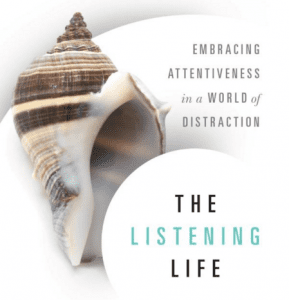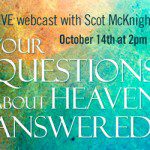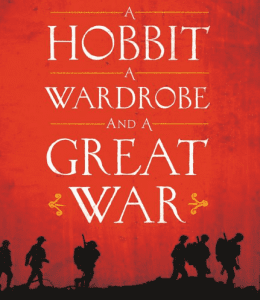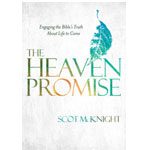 The post below is by my esteemed homiletics colleague, Michael Quicke, at Northern Seminary.
The post below is by my esteemed homiletics colleague, Michael Quicke, at Northern Seminary.
How do you read? Do you have different reading strategies? Do you find yourself (admittedly) frustrated because you think you just must finish a book because you began it but wonder if it is worth the time?
Summer time is especially good for catching up with academic reading. I am always over-ambitious as I select the pile and nearly always end up disappointed that several books are left unread. But much depends on taking a realistic approach. Not all those books in the pile should be read closely! Indeed, some need to be skimmed in order to ensure time is spent on the more significant. (My summer time reading also includes novels but these rules do not apply to them!)
Robert Webber used to advise students that they should not read an academic book word for word, page for page, chapter for chapter. Rather they should read a book like they would look at a picture, study its frame and only at the end examine its details. Often the first look would give a clear idea how much time to spend. He suggested first reading the back cover, contents page, Introduction and Conclusion with time given over to thinking about the author’s stance and books’ purpose. Can you sum up in a sentence what the book’s point is and how the author wants you to respond?
To ensure you are not oversimplifying you need also to frame the book by studying the index, footnotes, and Scripture references to gain understanding of the author’s sources and interpretation. Further, the book’s structure requires its chapters to be scanned.
All this happens to prepare you for the big question: Is this book significant enough that you need to examine it in detail, making notes of key sections and even of vital quotations. Some of us have good enough memories to capture the main issues for the future with few notes. For me, note-taking has to be more extensive to keep reminding me of those distinctive ideas that now help to build up my knowledge. Because this last stage is time-consuming the early looking and thinking is essential for setting priorities.
So, I find I have three kinds of academic books in my reading repertoire:
Grade A – I have paid critical attention to most pages because of its high caliber challenge.
Grade B – I am aware of the general issues and have given parts of the book some serious attention.
Grade C – I probably have engaged with its main issues already in other reading, or it falls outside my priority concerns.
Do you have a system for sorting out which books most deserve your attention? Have you engaged with many Grade A books recently? Care to share?











